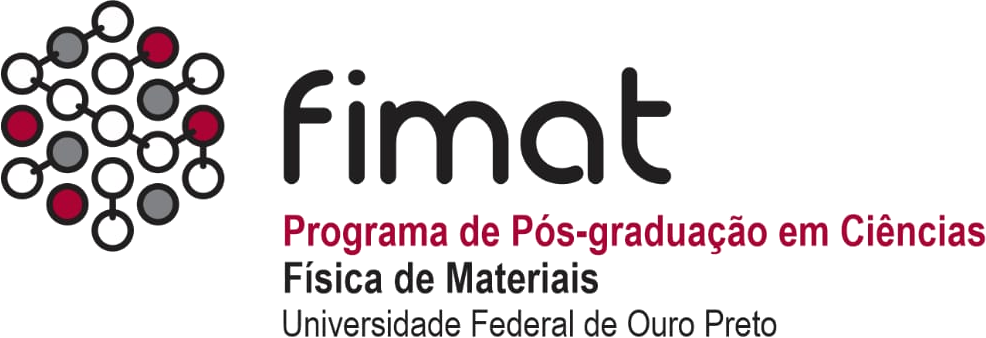Abstract:
The CO2 reduction by solar means has been discussed as an alternative to emission abatement, a fundamental topic for sustainable, carbon-free production in the future. However, the choice of efficient systems, starting with the catalysts, is still a critical issue, especially due to the poor activity of available options. Polyoxometalates have been extensively studied as promising photocatalysts due to their semiconducting properties. Nevertheless, the synthetic conditions of polyoxoniobate are stringent due to the low reaction activity of Nb species, the lack of soluble precursors, and the narrow pH range. Unlike the literature, in the present study, we report a simple polyoxoniobate synthesis method. This synthesis method has some remarkable features, such as low processing time and temperature and good activity and selectivity in the CO2 photoreduction process. The results revealed an outstanding efficiency for the CO2 reduction reaction with a high selectivity of CO2 to CO conversion (92.5%). Furthermore, C2 compounds (e.g., acetate) were produced in the liquid phase of the reaction system. Our findings are significant for indicating the potential of polyoxoniobate for CO2 photoreduction, which opens a way to control competitive reactions with synthesis, leading to higher selectivity.